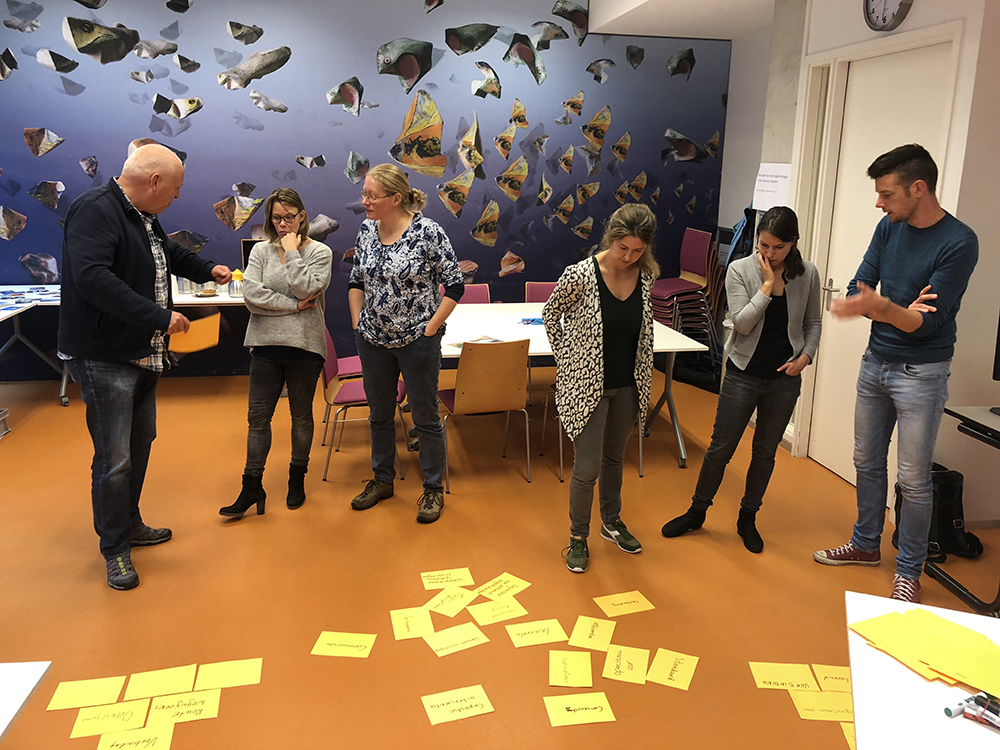E-health toolkit for education
Healthcare technology – or e-health – is now an integral part of the healthcare sector. But how does a healthcare professional choose the right tool for the patient? The Rehabilitation and Technology Research Group...
Centre of Expertise Health Innovation

Healthcare technology – or e-health – is now an integral part of the healthcare sector. A smart rollator, a plaster that monitors sugar levels or computer games as part of rehabilitation are examples of e-health that many people use every day. But how does a healthcare professional choose the right tool for the patient? And what tools are available? The Rehabilitation and Technology Research Group developed a toolkit that helps lecturers and trainers on their way.
Healthcare technology has many advantages: it helps patients to actively participate in their recovery, it improves the exchange of information, it can save costs and make healthcare more accessible. This makes it interesting for both healthcare professionals and patients to use e-health applications.
Insight into healthcare technology
The supply is growing, so it is important for healthcare professionals to be able to make the right choice. With the e-health toolkit, lecturers and trainers can teach their students how to do this.
The set of lesson plans produced by the studies of the research group helps the student step-by-step to apply healthcare technology in daily practice. The toolkit can also be used in training courses for healthcare professionals to gain insight into healthcare technology.
Content of the e-health toolkit
The e-health toolkit consists of three lesson plans that a lecturer or trainer can use straight away.
- The first lesson plan provides an overview to orientate you in the world of healthcare technology. Which technology can be used in diagnosing, monitoring or in an intervention?
- The second lesson plan deals with the criteria that apply to the various technologies. For example, how important is the criterion 'privacy' if you want to use big data? And for which technology is the 'safety' criterion essential? Is an effect measurement less accurate if that state-of-the-art pedometer counted three steps too many?
- The third lesson plan helps students and healthcare professionals to apply what they have learned in their own clinical reasoning.
Benefits of the e-health toolkit
The toolkit can be applied flexibly:
- Alternative teaching formats are available.
- The lecturer can differentiate the pace and (competence) level.
- The toolkit can be used at all higher-education levels, from senior secondary vocational education and training level to university and university of applied sciences levels.
Close cooperation
Researchers of the Rehabilitation and Technology Research Group developed the toolkit in collaboration with researchers of the Eigen Regie bij Fysiotherapie en Beweegzorg (Taking Control in Physiotherapy and Exercise Care) Research Group of the University of Applied Sciences Leiden. They worked closely with lecturers, researchers and professionals from healthcare degree programmes and paramedics from Basalt in The Hague, among others.
Duration
This project was completed in January 2021. In the coming months, the researchers will work on the further distribution of the e-health toolkit in collaboration with National eHealth Living Lab.